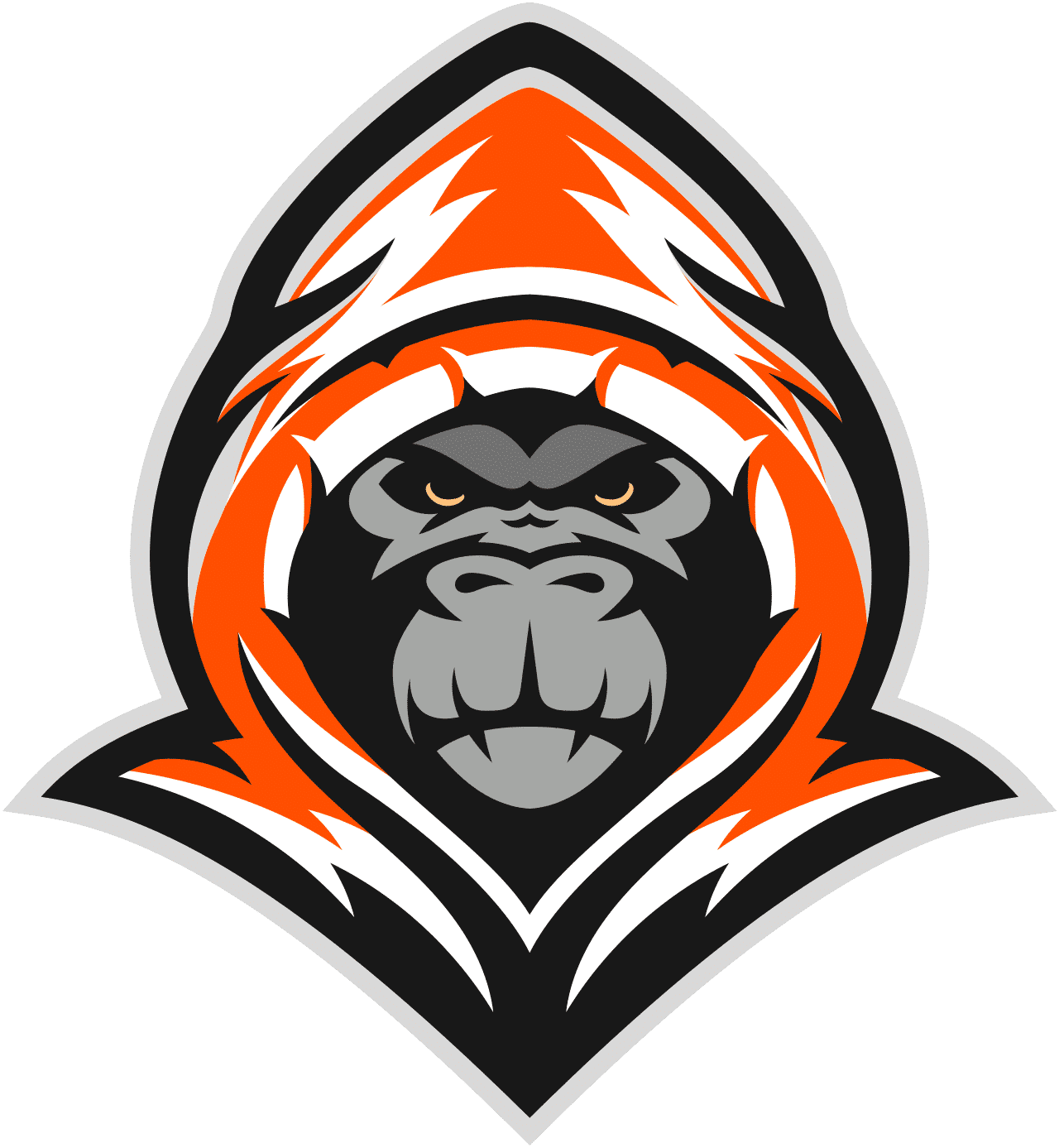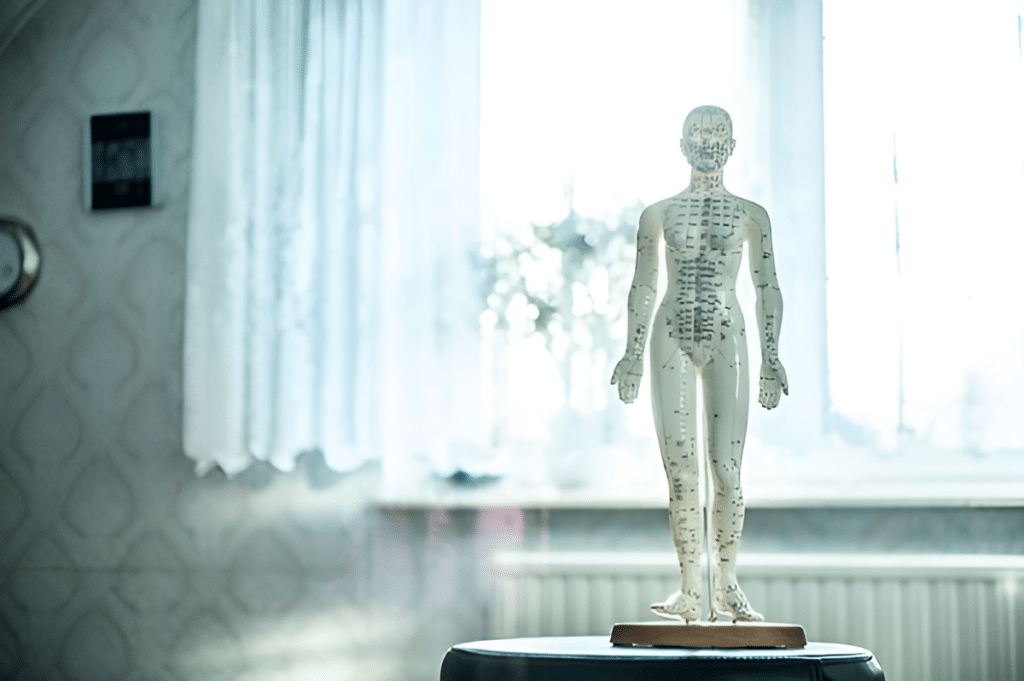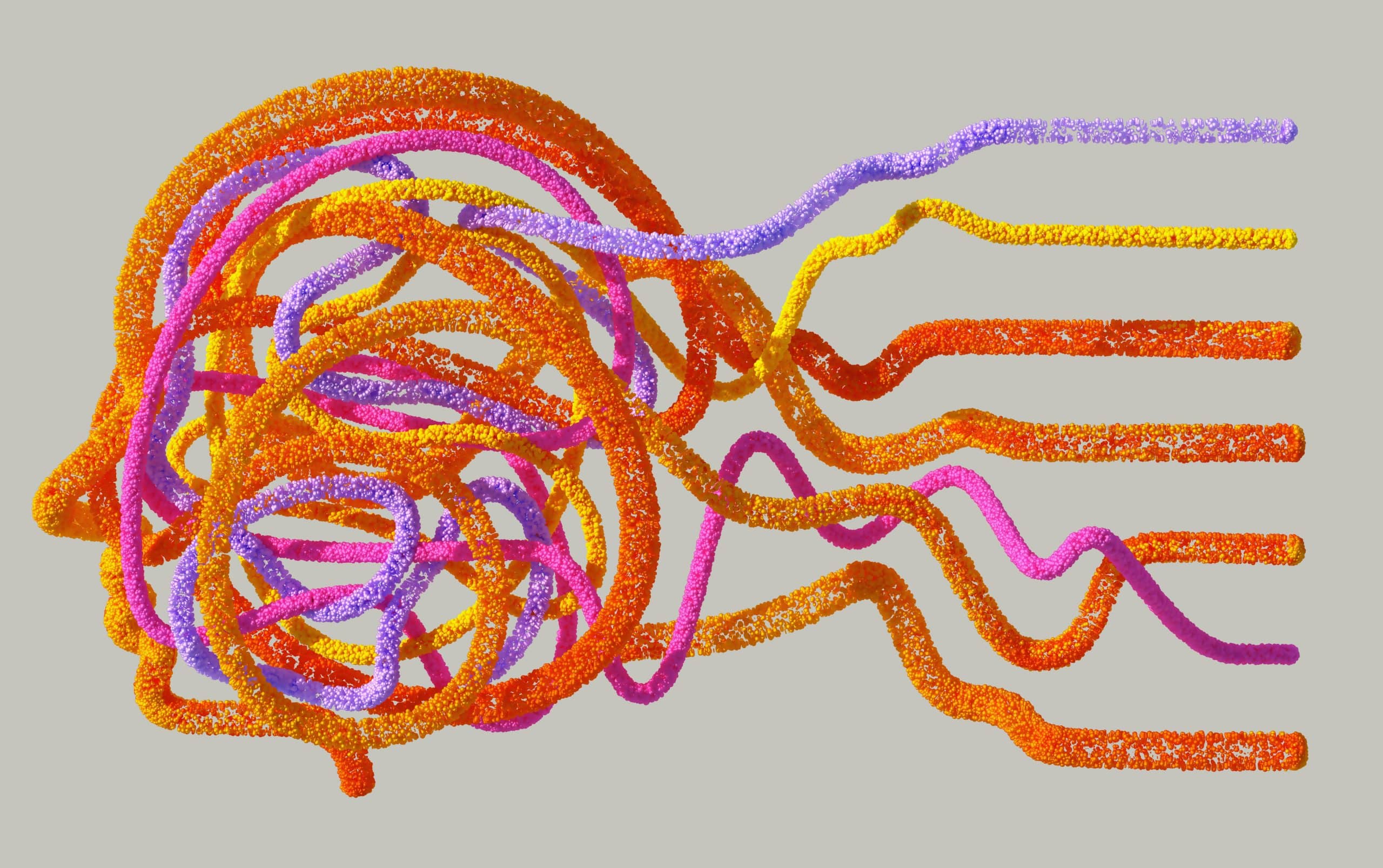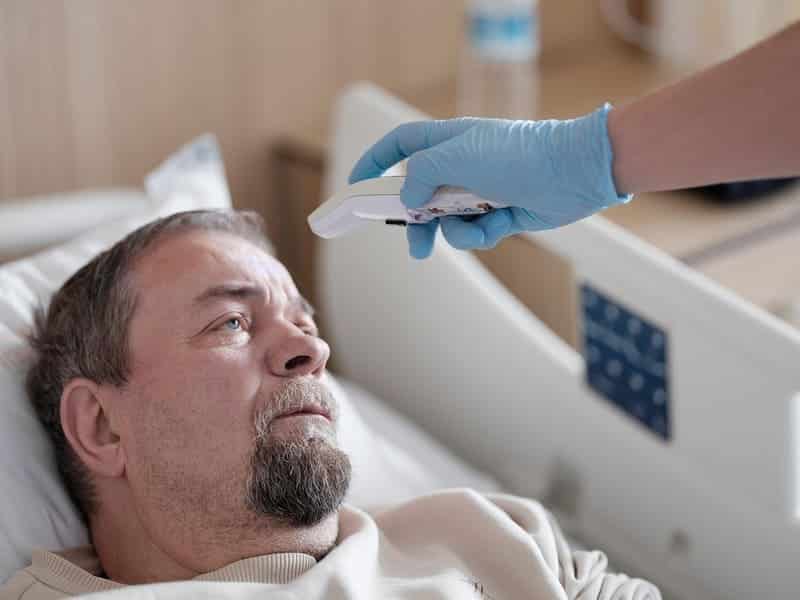The unique philosophy and practice of osteopathic medicine stand in contrast to the rest of health care. Doctors of Osteopathic Medicine DOs take a holistic approach to a patient, focusing on healing beyond just symptom management. This means looking at the interrelationships of the systems through which health is achieved for the person.
The focus is on what people are sick from and how to get them well otherwise. But curiously, the disgusting tradition of such physicians is that they subject the patients to osteopathic manipulative treatment and further treat them by conventional medical practices, in that the musculoskeletal system is considered by them to play an important role in health.
According to the American Medical Association’s description of what is osteopathic medicine, that is a comprehensive approach to restoring a way-the body’s healing ability. Osteopathic Medicine regards the individual.
Understanding Osteopathic Medicine
Osteopathic medicine practices under 4 interrelated core principles. The body individually is a whole: having one part affects the other parts. The body is naturally an auto mechanic that heals itself and maintains health. Structure and function are concerned with one another as the mechanics of the body generally represent physiology. Proper therapy recognizes these distinctions.
These principles all advocate for the DO to consider the physical aspects, emotional aspects, and lifestyle elements of the patient when working with them. Organization Your osteopathic medicine further beneath the holistic perspective of Osteopathic Medicine can be found at the Philadelphia College of Osteopathic Medicine.
Manipulative Treatment Techniques
The concept of osteopathic manipulative treatment stands unrivaled in Osteopathic Medicine with respect to its definition. One of many hands-on techniques that allow the use of massage, stretching, and gentle pressure to diagnose and ultimately treat musculoskeletal imbalances. Correcting structural imbalances is what DOs seek to relieve pain, improve circulation, elevate the body’s natural abilities to repair itself, and restore physiological function.
Back pain, headaches, asthma, and other sinus problems are some of the levels of care touched on. The discussions and, in the near past, intensely inspiring change in employees is the stream in which the total Apex Herald takes a look at the Adoption of the Company’s Culture, transforming the Employees. Such an environment benefits health, which reflects what was expected from this exploration.
Holistic Comprehensive Patient Care
OMT is a practice exclusive to Osteopathic Medicine, and the use of OMT allows osteopathic physicians to prescribe medications and perform surgery. Therefore, OMT is one of the accepted therapeutic procedures. OMT entails a wide-ranging body of practice that allows osteopaths to engage multiple modalities of treatment.
While surgical intervention is usually accepted, OMT is among the most popular manual techniques, having strong research validation. Specifically, osteopathic training educates students extensively within the standard training for medicine shared with MDs (allopaths).
In addition, knowledge of osteopathic theory and practice qualifies DOs to apply the benefits conferred via hands-on therapies and conventional medicine for a more holistic approach for patients. However, it is also true concerning benefits given external to that pure condition, it’s mainly focused on curative practice-not treatment of just that part of the being, according to AMA.
The Importance of Lifestyle Choices
That lifestyle conceptualizes much training in osteopathic medicine regarding health. For the most part, these DOs will recommend nutritional, exercise, and stress management habits as part of their treatment regimen to patients. Activities as easy as taking Short Walks can do wonders in boosting general well-being and complement osteopathic care.
Recognized today as a lot more than is being mentioned for his healthcare, Osteopathic Medicine shall benefit DOs in all respects to deliver an integrated model of patient-centered care, addressing mental considerations of body interconnectivity with self-healing and interdependence of structure and function. Hence, it is in these intersections that they have operated largely toward health and wellness through holistic-integrated avenues.
Both the realms intervening in healthcare are pendulums gently swinging in the clutches of Osteopathic Medicine, always to retain its charm to attract all those walking the path of balance and wholesomeness toward health.










